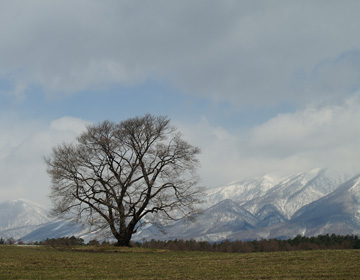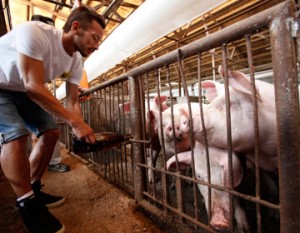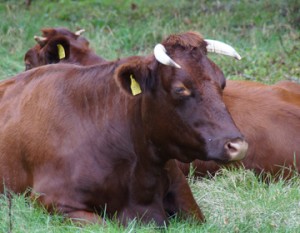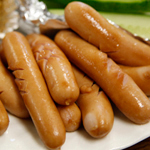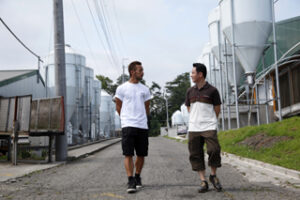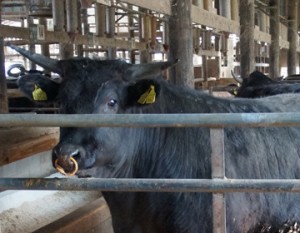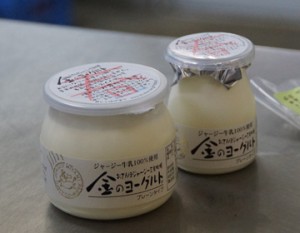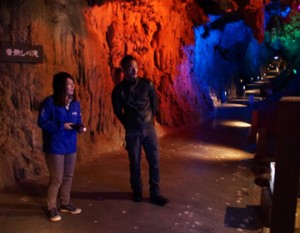History of Koiwai Farm
Koiwai Farm is located northeast of Morioka city at the southern foot of Mt. Iwate. The farm spreads in a vast land of 300,000 square meters. A part of the farm is open to the public as the Koiwai Farm Makiba-en and is a huge tourist site that is famous in Japan.
The farm was born about 120 years ago in 1891. It started when Masaru Inoue who is known as the father of the Japanese railways, visited this land for inspection for the Tohoku line construction project and thought of opening a farm in this barren wilderness. When he told his idea to Gishin Ono who was the vice president of The Japan Railway, he introduced him to Yanosuke Iwasaki who was the 2nd president of Mitsubishi Corporation who agreed to invest in the farm. And that’s how the farm had started. The name Koiwai was derived from the first kanji characters of these three people, Ono, Iwasaki, and Inoue. After founding the farm, it took a lot of time for them to establish all the infrastructure but later they developed a breeding business” where they import excellent seed oxen from Europe and breed systematically in their farm in order to spread and support the dairy farm all over Japan. Furthermore, they planted trees in the barren wilderness and developed the farm into a comprehensive farm centering mainly on livestock and forestry.”

Rear cows while thinking about them..
”In the old days, everyone who worked on the farm used to live on the farm grounds. Therefore, everything you need for living such as primary school, day care center, and post office used to exist within the farm. In fact, preschool education in Iwate Prefecture started from Koiwai Farm. In addition, currently, 9 buildings are registered as Tangible Cultural Properties. And there are many buildings of historical value and many of them are still being used. At Koiwai Farm, the idea of continuing to use everything with care still exists deeply.” Explained Shohei Hamado who is in charge of ecotourism.
Next, we observed the barn that was built in the Heisei era and also a barn that has been used since the Meiji era. from a distance. The cows at Koiwai Farm have been bred systematically and as a result, you are able to know which cow is from which mother and eventually it goes back to the cow imported from Europe.
In the barn that has been used since the Meiji era, the health management of the cows is strict and it takes time and effort. However, in return they produce great milk so it’s worth the effort. On the other hand, the barn built in Heisei is managed as a group with free stalls and an open barn. The biggest problem for cows is stress, so this is a way to reduce stress as much as possible. ”We know how each calf was raised, and how the feed was grown, so this is how we can prove that it is all genuinely produced at Koiwai Farm. ”

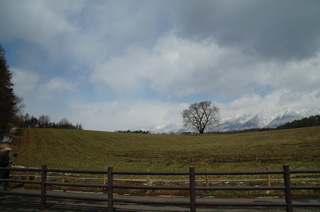
Circulating Forestry
At Koiwai Farm, they also work on forestry. They showed us the trees with the signs of the year it was planted. Every year they plant a certain amount of seedlings per certain area and after 100 years they cut the trees that were planted first. This is called ”Hoseirin”, and it started in 1964 as an experimental forest. After 100 years, the forest resources in this area will be stable, and the amount of thinning, harvesting and planting will be constant. Then the forest can be maintained in the same state.
The objective is to carry out stable forestry while circulating the forest. The periodic maintenance of forest in a quantitative manner leads to the conservation of the national land and the preservation of the global environment. This is proven by looking at the forestry in Japan and in the world. The forests of the world is called ”the plunder forest” and is said to contribute to ”global warming” and ”desertification” by ”over cropping”. On the other hand, the Japanese forest is called ”the neglected forest” and said to contribute to ”natural disasters such as landslides” by ”logging too little”.
In the farm, they consider forestry from a wide perspective. They don’t simply look at lumber as raw material of wooden goods, but utilize wood as beds for mushrooms and mountain vegetables, or using thinned wood as wood chips with which to pave walkways with, or to make coasters for restaurants. They are also thinking about utilizing environmental studies and forest therapy etc.
Finally, we tried the milk which is only available in the farm store. ”Isn’t it refreshing?” asked Hamado. Yes it was a rather refreshing taste rather than creamy. ”




